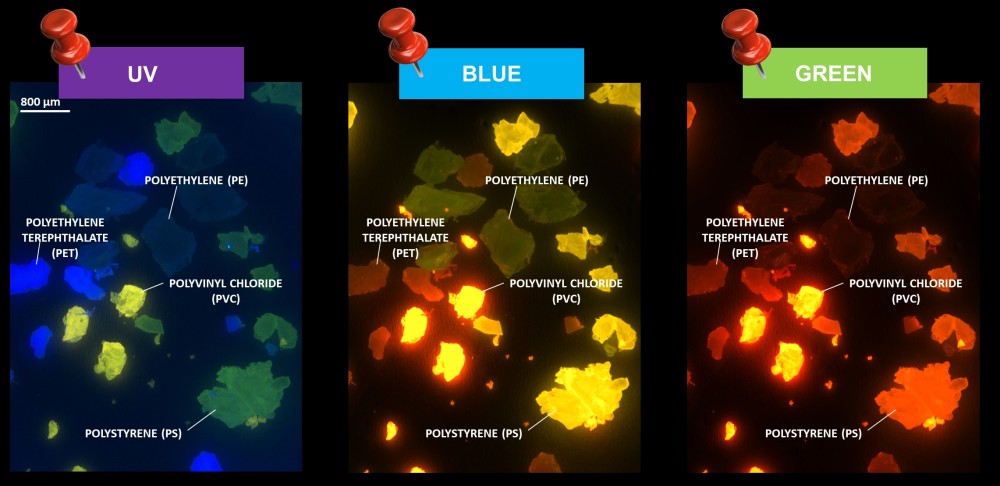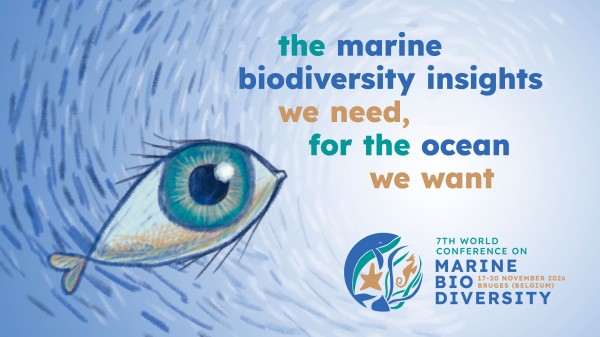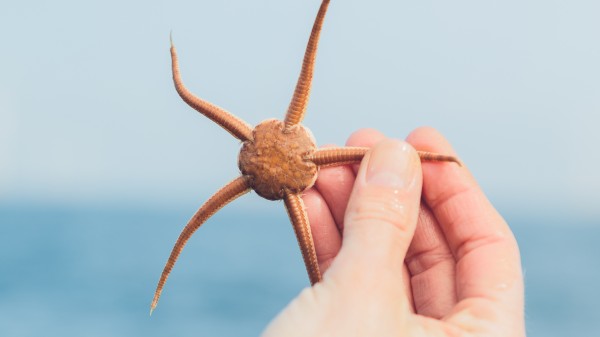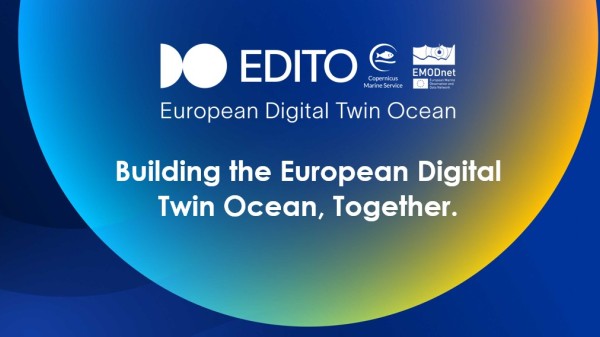For her PhD research, Nelle Meyers (VLIZ, ILVO, UGent) developed a new cost- and time-effective method for the detection and identification of microplastics in the marine environment. The semi-automatic method combines staining of microplastic particles with the fluorescent dye nile red and machine-learning algorithms. The method tested reliably for most types of polymers, even when the researchers artificially weathered the microplastic particles. The test was also successful for analysing microplastics in samples taken in the marine environment. With a lower limit of 4µm, the new method is also promising for use in exposure studies, currently lacking for this size range.

Microplastics – particles with a size between 1µm and 5mm – are widespread and persistent in the marine environment. It is therefore crucial to have a reliable and preferably cost effective method to monitor microplastic concentrations and assess their potential risks. Meanwhile, numerous analytical techniques for microplastics already exist. But many of them are expensive, time-consuming and error-prone, especially if the microplastics are weathered (mechanically, by UV radation, biofouling and hydrostatic pressure). Moreover, the many existing analytical methods – each with their own resolution, focus and quality – make it difficult to compare different studies. To address these problems, Nelle Meyers developed an innovative, reliable method for a cost- and time-effective microplastics detection and analysus in the marine environment as part of her PhD research. She also optimised protocols for their extraction from seawater, sediment and biota.

The newly developed, semi-automated analysis method combines staining microplastic particles with a fluorescent dye (Nile Red) and machine-learning algorithms. A first algorithm (Decision Tree) helps decide whether particles are made of plastic or not (Plastic Detection Model - PDM). A second algorithm (Random Forest) further classifies plastic particles based on their polymer type (Polymer Identification Model - PIM).
The performance of these two models was initially validated for pristine microplastics (50 - 1200 μm). Later also with microplastics that the researchers allowed to weather under semi-controlled conditions in surface and deep-sea water. Here, the Random Forest models proved more reliable for polymer identification, even for particles <10µm.
As a third step, the researchers injected environmentally relevant microplastics into marine biota, after which they were extracted and analysed. The Random Forest models again proved very reliable for the detection and identification of both pristine plastics (accuracy >88%) and most weathered plastics (>70%). For particles between 2 and 10µm, an accuracy of over 90% could even be obtained.
Finally, Nelle tested the performance of both models for real seawater and sediment samples from the Belgian North Sea. The combination of the optimised extraction protocols with the models proved reliable, except for PET, dark particles and microfibres. (The detection of microplastic fibres is not impossible, but is currently not yet on track. Its optimisation was outside the time frame of this PhD). The case study in the North Sea resulted in the identification of the dredging storage area 'Loswal Zeebrugge-Oost' as a real hotspot for microplastics.
Finally, a cost-effectiveness analysis of commonly used analytical methods for microplastics in seawater was carried out, and predictive tools were developed that provide objective information to researchers and policymakers, among others, to make an informed choice between different analytical methods and efficiently allocate their financial resources for monitoring and study.
Nelle Meyers defended her PhD on 19 June at the InnovOcean Campus in Ostend. Promotor of this PhD is Prof Dr Colin Janssen (UGent), under the supervision of Dr Ir Bavo De Witte (ILVO) and Dr Ir Gert Everaert (VLIZ).
This research was carried out as part of the Andromeda project, funded by Belgian Federal Science Policy Office (BELSPO). The experimental work was carried out in the laboratories of the Flanders Marine Institute (VLIZ) and the Institute for Agricultural, Fisheries and Food Research (ILVO) in Ostende.


